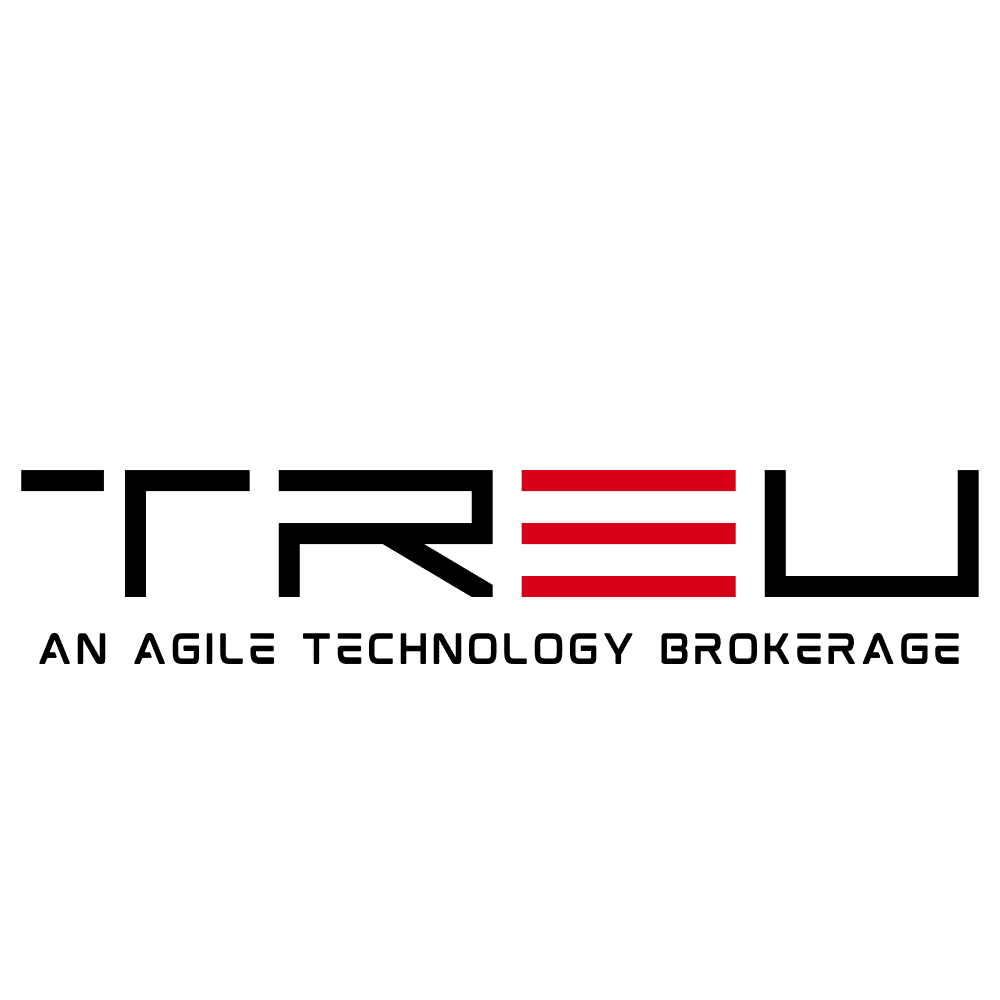# AI Augmentation: Transforming Work Beyond Just Cutting Costs
In the age of digital transformation, **artificial intelligence (AI)** continues to evolve beyond hype and speculation, firmly establishing itself as a powerful tool in reshaping how businesses operate. While many organizations initially embraced AI to streamline processes and cut costs, its potential goes far beyond its role as a cost-savings mechanism. **AI augmentation technologies** are proving to be critical drivers of innovation, productivity, and employee empowerment, redefining the future of work in unprecedented ways.
In this article, we’ll explore how AI augmentation is revolutionizing workflows, fostering collaboration between humans and machines, and creating long-term value for businesses.
—
## What Is AI Augmentation?
AI augmentation refers to the integration of **human ingenuity** and machine intelligence. Unlike standalone AI systems that operate independently, augmented AI focuses on leveraging **AI as a partner to people**, enhancing their abilities rather than replacing them.
**Why is this strategic approach gaining traction?**
– Increased Productivity: AI frees up employees from repetitive tasks, allowing them to focus on high-impact activities such as critical thinking and problem-solving.
– Improved Decision-Making: Augmented AI helps analyze vast datasets, offering insights that humans might overlook or take longer to uncover.
– A Better Employee Experience: By automating mundane tasks, AI-driven systems can reduce burnout and improve overall workplace satisfaction.
In essence, **AI augmentation bridges the gap between human creativity and the efficiency of machines**, fostering a collaborative relationship that enhances both parties’ strengths.
—
## Moving Beyond Cost Cutting: AI’s Broader Contributions
### H2: Boosting Creativity and Innovation
One surprising benefit of AI augmentation is its ability to unlock human creativity. By handling routine and operational tasks, AI enables employees to channel their energies where they matter most—developing innovative strategies, crafting meaningful solutions, and focusing on long-term organizational goals.
**For example:**
– Content creators and designers can use AI-powered tools to generate ideas, refine concepts, and streamline production processes.
– Product development teams are leveraging AI to simulate environments, conduct real-time user testing, and accelerate the innovation lifecycle.
Rather than restricting human potential, augmented AI complements it, making way for new possibilities.
### H2: Enhancing Customer Experiences
Customer-facing industries—such as retail, banking, and healthcare—have been quick to embrace **AI augmentation to improve service delivery** and craft more personalized experiences. Through AI-driven analytic platforms, companies now have access to deeper customer insights.
Examples of enhanced customer experience through AI include:
–
–
–
By merging AI systems with customer-facing roles, businesses can offer a **seamless, efficient, and engaging experience**—effectively building stronger brand loyalty.
—
## How AI Is Redefining Work
### H2: Empowering Employees Through Automation
The idea that AI will take jobs away is not only misleading but overlooks AI augmentation’s true transformative potential: **empowering employees to work smarter, not harder**. Automation of repetitive, low-skill tasks means employees can spend their time on higher-value projects.
For instance:
– **In finance**, AI tools can process thousands of invoices or audit documents while employees focus on strategic financial planning.
– **In HR**, AI recruitment platforms pre-screen qualified candidates, leaving human recruiters to focus on interviews and cultural alignment.
**The result?** A significant shift in how employees use their time, leading to improved efficiency and creativity.
### H2: Fostering Collaboration Between Humans and Machines
AI augmentation is not about replacement; it’s about collaboration. **Humans and machines working together bring out the best in each other**, reducing errors, increasing accuracy, and achieving goals faster.
Consider the healthcare industry. AI-powered diagnostic tools can analyze patient data, offer evidence-based recommendations, and identify early warning signs of illness. Rather than replacing doctors, this augments their ability to deliver faster, more accurate care.
Similarly, **industries across the board are seeing new hybrid models** emerge, as technology becomes an extension of the human workforce and augments skills across departments.
—
## The Business Case for AI Augmentation
### H2: ROI Is About More Than Short-Term Cost Savings
While initial implementations of AI technologies might still focus on cost-cutting measures, forward-thinking companies are now embracing its **long-term value creation** potential.
**Key benefits include:**
1. **Scalability:** With AI enhancing workflows, businesses can expand their operations without parallel increases in labor.
2. **Agility:** Augmented systems adapt quickly to changing market demands, making businesses more agile in addressing consumer needs.
3. **Sustainability:** By optimizing energy usage and reducing waste through better data analysis, AI augmentation contributes to sustainability initiatives.
The overall return on investment (ROI), in this case, extends beyond financial savings: companies gain a competitive edge, improve employee well-being, and prepare to innovate on a global stage.
—
## Overcoming the Challenges of AI Augmentation
Despite its many benefits, organizations face challenges when incorporating AI augmentation into their workflows. These include:
### H2: Data Privacy and Ethical Concerns
As AI relies on vast amounts of data to function effectively, protecting sensitive information and ensuring ethical usage becomes critical. Companies must ensure compliance with data protection laws and mitigate the risks of bias in AI algorithms.
### H2: Workforce Reskilling
While AI augmentation complements human abilities, employees may need to develop new competencies to fully leverage its potential. Businesses should prioritize **upskilling initiatives**, ensuring employees feel confident and prepared to navigate AI-powered work environments.
### H2: Cost of Initial Implementation
One of the initial hurdles in adopting AI is the investment required to integrate its systems. However, this short-term expense is often outweighed by the long-term value and efficiency gained through successful deployment.
—
## The Future of AI Augmentation
The adoption of AI augmentation shows no signs of slowing. As industries evolve, **organizations that embrace augmented AI capabilities will find themselves at the forefront of innovation and success**.
In the future, we can expect:
– Greater use of **AI-driven decision support systems** tailored specifically to individual roles.
– Enhanced tools for **real-time collaboration** between global teams using AI-powered languages and translation services.
– Continued advancements in **AI personalization**, ensuring technology adapts to user needs dynamically.
—
## Final Thoughts: AI Is a Transformation, Not a Tool
AI augmentation isn’t just a tool to reduce labor costs—it’s a revolutionary force that changes the dynamic between humans and machines. By empowering employees, enhancing productivity, and helping businesses deliver exceptional customer experiences, it is paving the way for a **more innovative, human-centered future of work**.
Organizations that view AI as a strategic enabler rather than merely a cost-cutting measure will unlock its full potential and set themselves apart as leaders in the AI-driven economy. As the collaboration between man and machine continues to deepen, AI augmentation promises to push the boundaries of what’s possible, allowing companies to thrive in a rapidly changing world.

